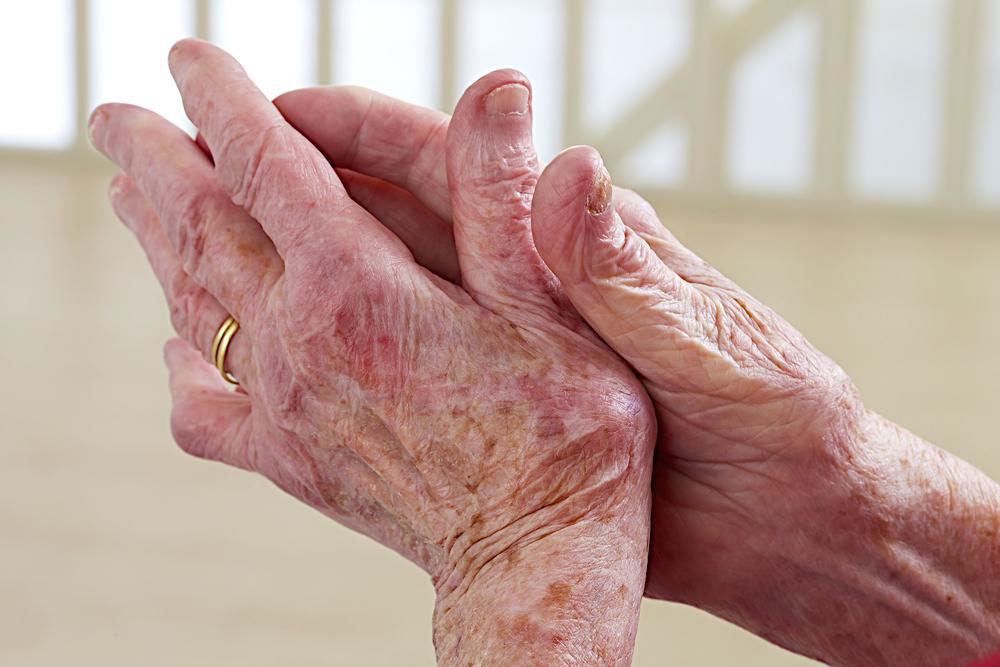Everything You Need to Know About Lupus: Causes, Symptoms, and Risks
Discover essential insights about lupus, including its causes, symptoms, and risk factors. This comprehensive guide highlights the importance of early diagnosis and effective management to improve quality of life. Learn about common signs like skin rashes, joint pain, and organ involvement, along with triggers such as environmental toxins and hormonal influences. Understanding who is most at risk can aid in early detection and treatment, helping patients manage this complex autoimmune disease more effectively.

All About Lupus: Frequently Asked Questions
Fundamentals of Lupus
Lupus is a chronic autoimmune condition that causes systemic inflammation and presents diverse symptoms across individuals. Its unpredictable course can result in joint discomfort, skin problems, and potential damage to various organs. While many experience mild symptoms, severe manifestations can be life-threatening and may cause lasting harm. Currently, there is no cure for lupus, but treatments focus on managing symptoms and minimizing flare-ups. Early diagnosis and vigilant management are vital for better quality of life.
What causes lupus?
Although the exact cause remains uncertain, several factors may contribute:
Environmental exposures: Toxins such as silica dust, smoking, and stress are potential triggers.
Hormonal factors: Higher estrogen levels might heighten susceptibility.
Genetic predisposition: Family history increases individual risk.
Medication effects: Prolonged use of drugs like hydralazine, quinidine, or procainamide may be linked to lupus development.
What are common lupus symptoms?
Symptoms vary greatly, ranging from mild to severe, with some appearing intermittently. Early signs include skin rashes, fatigue, joint pain, fever, chest discomfort, headaches, and cognitive issues. As the condition advances, complications like kidney inflammation, dark urine, high blood pressure, and hematuria may develop. Recognizing these symptoms early is key to effective treatment.
How do lupus-related skin rashes look?
Skin rashes are a signature symptom of lupus, affecting roughly half of those diagnosed.
The characteristic butterfly-shaped rash covers the nose and cheeks, often triggered by sunlight or disease flares.
Lupus can also cause other skin lesions that are usually non-itchy, though hives are uncommon.
Photosensitivity is common; many individuals react to sunlight or artificial lighting.
Viewing images of lupus rashes online may aid in identification. Immediate medical consultation is recommended if similar rashes appear.
Who is most at risk for developing lupus?
While risk factors increase the probability, they do not guarantee onset:
Women are more frequently affected than men.
Individuals from certain ethnic backgrounds, including Hispanic, African-American, Asian-American, Pacific Islander, and Native American populations, have higher susceptibility.
The typical diagnosis age ranges from 15 to 44 years.
A family history of lupus significantly raises the risk.
Tags: lupus skin rash images, lupus rash pictures, autoimmune disorder


